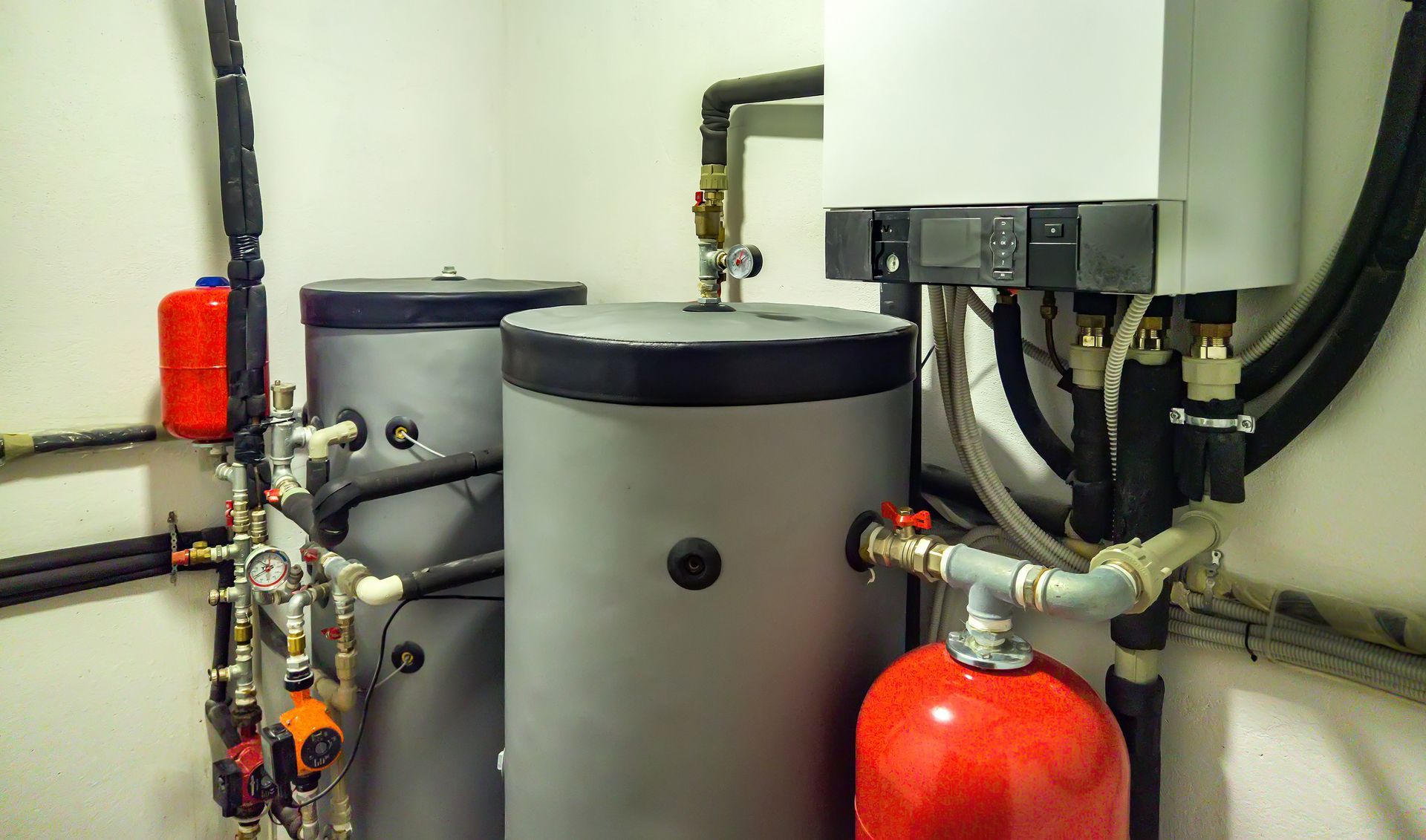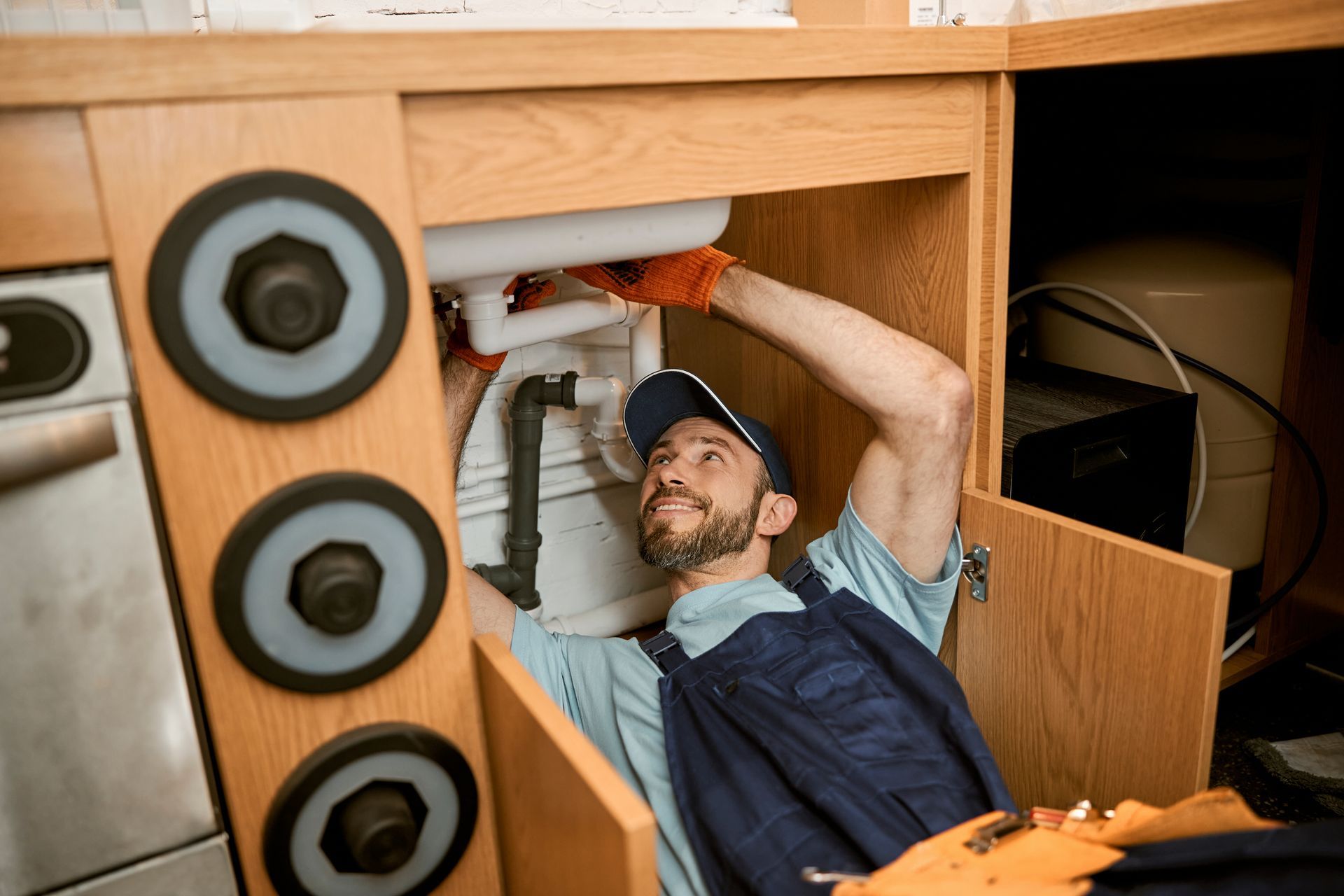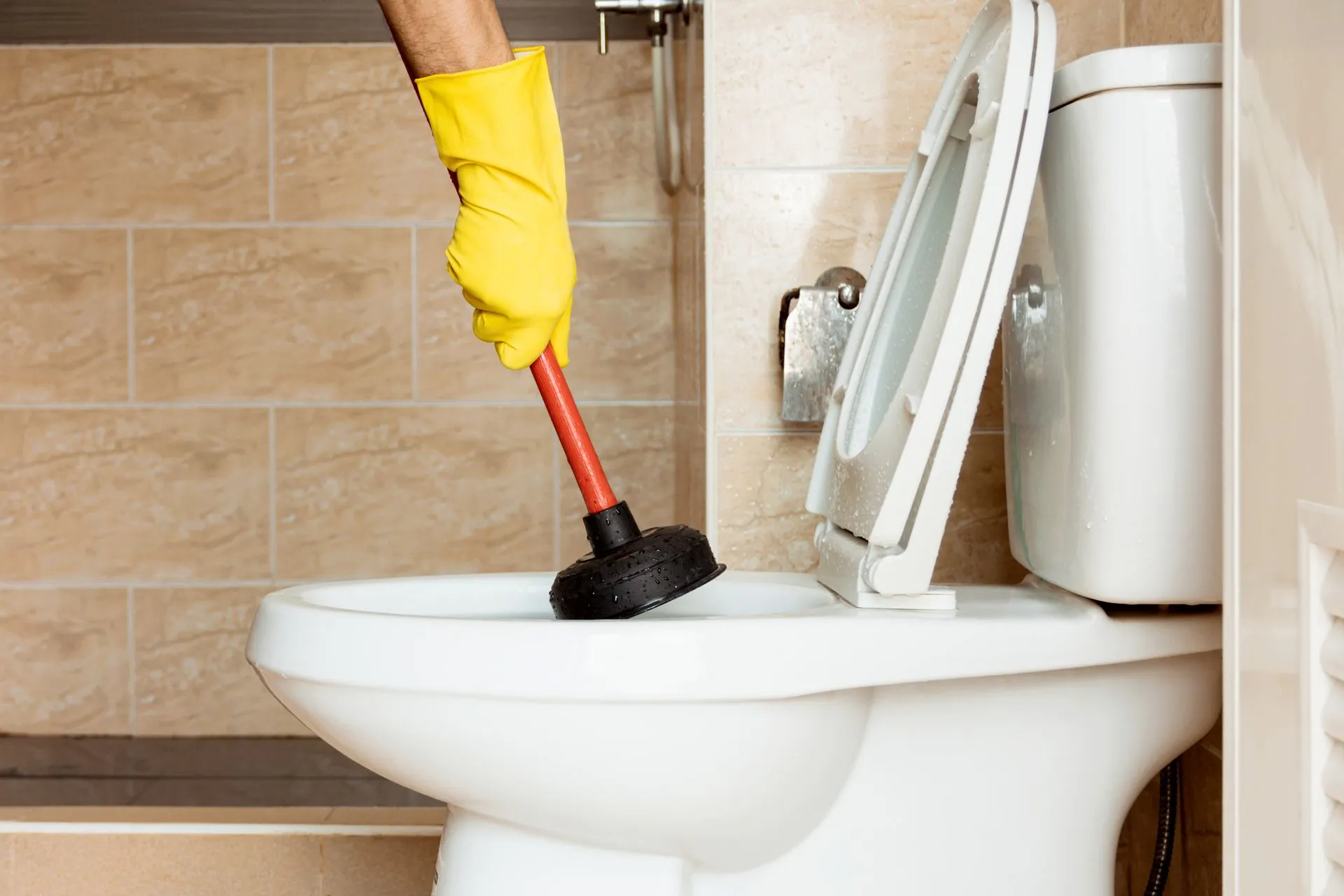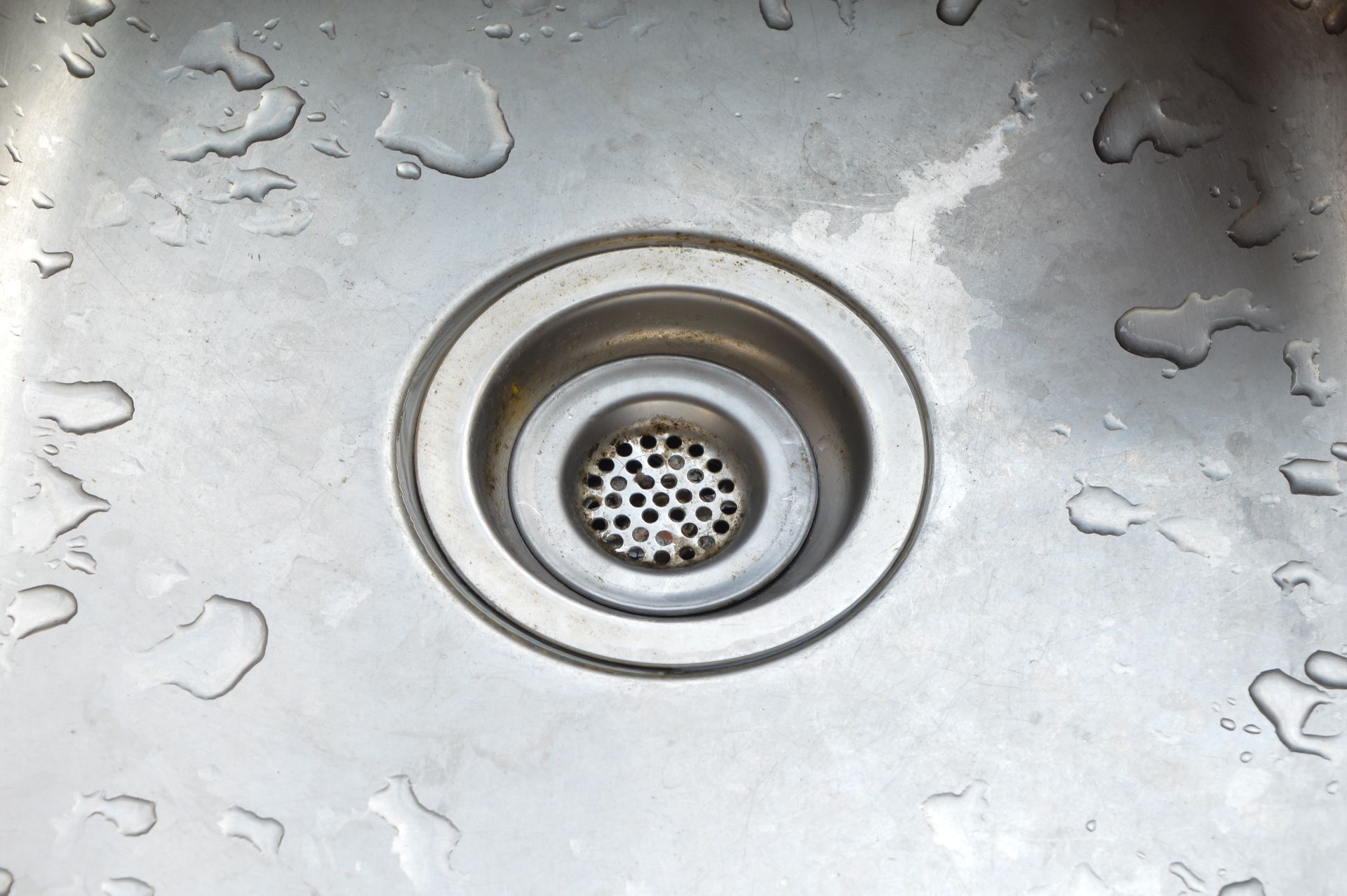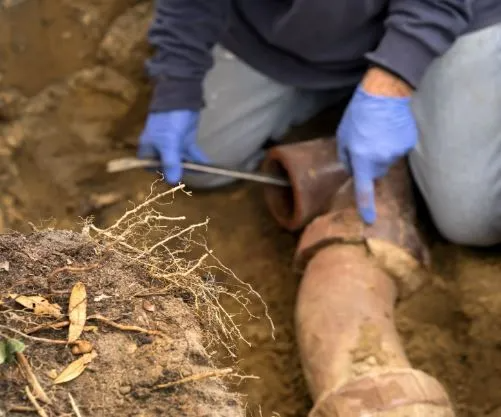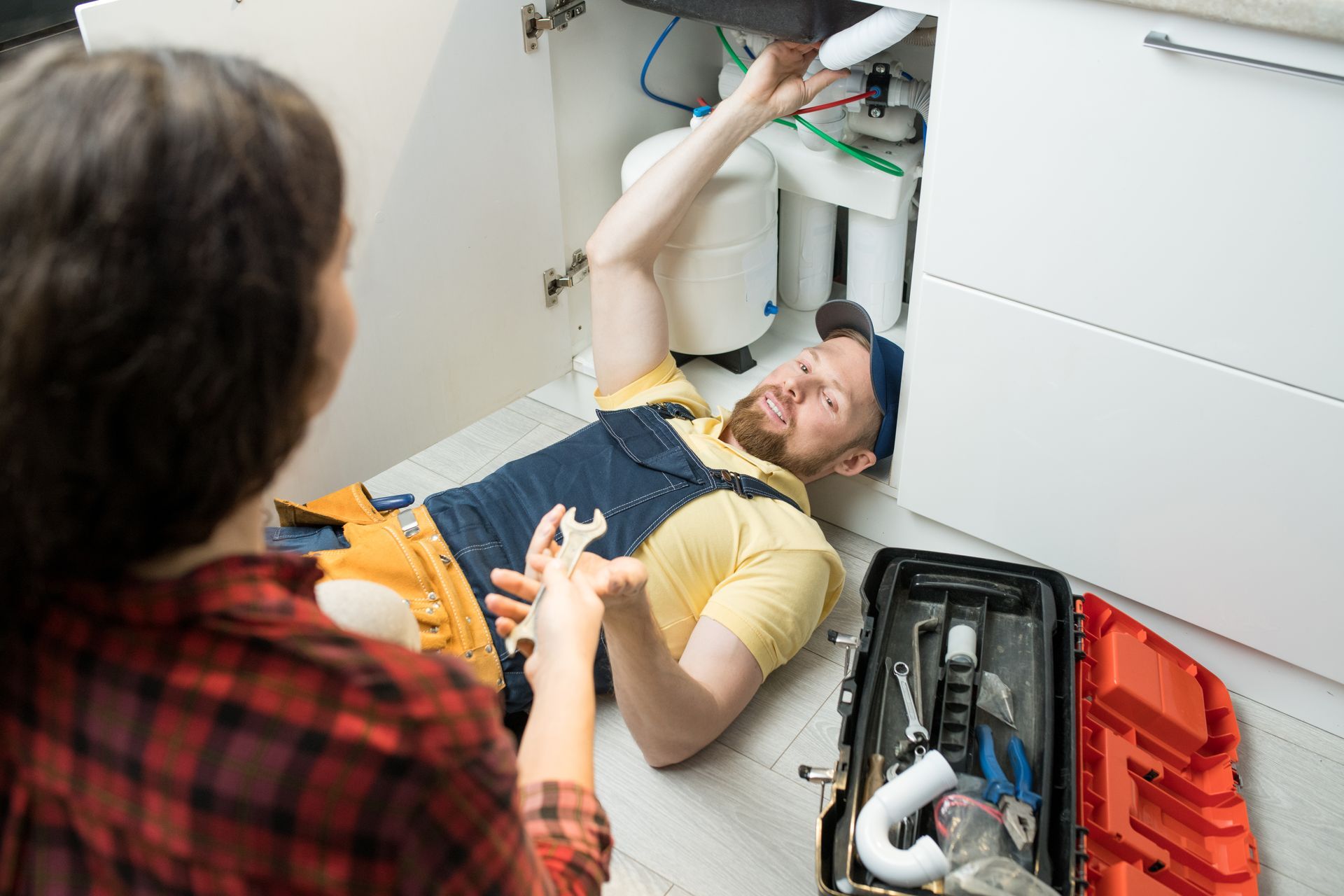Buying an older home is a big—and somewhat risky—financial investment. It would be a shame to buy a home and find out that it needs thousands of dollars in plumbing work just to make it habitable.
Serious plumbing problems are not always as obvious as you'd hope when you're walking through a home with your realtor. So make sure you hire a plumbing service or a home inspector who specializes in plumbing to check for these four big plumbing problems that appear in older homes.
Clogged Sewer Lines
Each home has a large sewer line that empties waste from the home into the public sewer line. This line usually runs perpendicular to the street. Tree roots may grow into the sewer line as it ages, leading to clogs that get progressively worse.
If a home has been sitting empty for a while, the debris caught on tree roots in the sewer line may have had a chance to break down, allowing water to run down the drains rather freely. But after you move into the home and start using the toilets regularly, toilet paper may build up on the roots, and before you know it, water won't go down your drains.
Your plumber can check for clogs and tree roots in the main sewer line by sending a video camera down into the sewer pipes. If they find minor root growth, the owner may agree to have the roots removed as a condition of the sale. Serious clogs may require that the sewer line is replaced, which is a more expensive, involved endeavor.
Galvanized Steel Pipes
Between 1930 and 1980, many homes were plumbed with galvanized steel pipes. These worked well at the time because the zinc lining the pipes prevented them from rusting. But over the years, the zinc begins to wear away, and rust starts accumulating in the pipes. Rusty water is not dangerous to your health, but it does not taste good, and it may stain your sink. Plus, pipes that are beginning to rust often spring leaks.
A plumber can look at the pipes in an older home and tell you if they contain steel. If you buy a home with steel pipes, you should plan on having them replaced—not necessarily immediately, but at some point in the coming years.
Hard Water Deposits in Pipes
If you're looking at a home in an area where the water is hard, make sure the homeowners have been using a water softener. If they have not, there may be mineral deposits in the pipes that could lead to low water pressure over time.
Have the plumber look inside a few of the pipes to see if there are deposits and how thick they are. If the deposits are rather minor, you can probably just install a water softener and keep the deposits from growing any larger. If the deposits are extensive and are impacting the water pressure, the pipes will need replacement.
Hidden Leaks
Not all plumbing leaks are obvious. Those that occur in pipes beneath the foundation are easy to miss if you don't know what you are looking for. In an older home, there is a chance the large pipes leading into the home are leaking, unbeknownst to the homeowner.
There's an easy way to detect hidden plumbing leaks. Turn off all water appliances and taps in the home, and then look at the water meter. If the needle is still moving or the numbers are still increasing, water is coming out somewhere—probably in a hidden leak. Fixing such a leak and the damage it has caused can be expensive, so you may want to avoid buying this home.
Before you purchase an older home, have a plumber come conduct a video inspection of the sewer line, check for leaks and mineral deposits, and tell you whether the home has steel pipes. If you're looking for a plumber in Marin, Sonoma, or Napa County, contact Peter Piper's Plumbing & Drain Cleaning Service.
